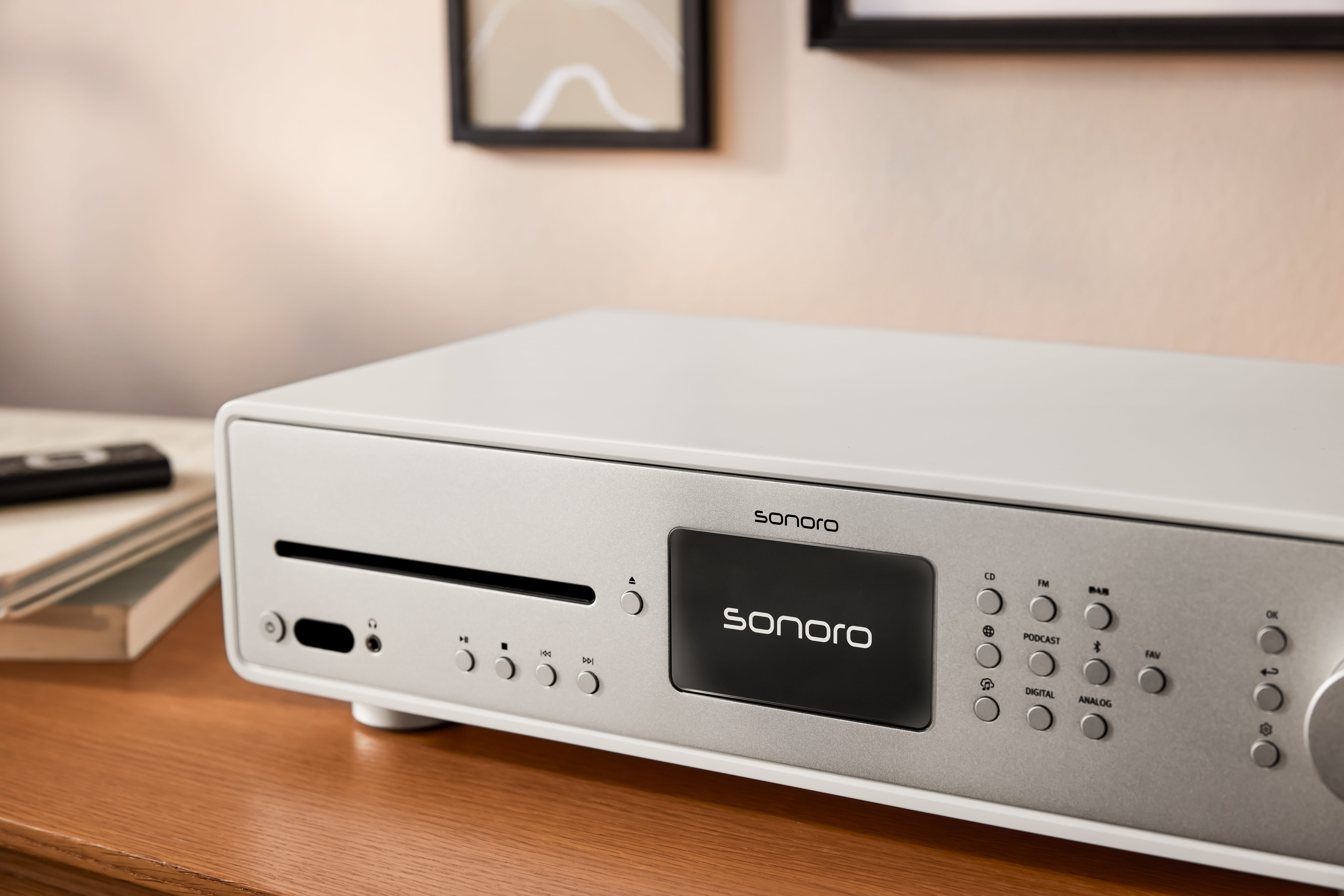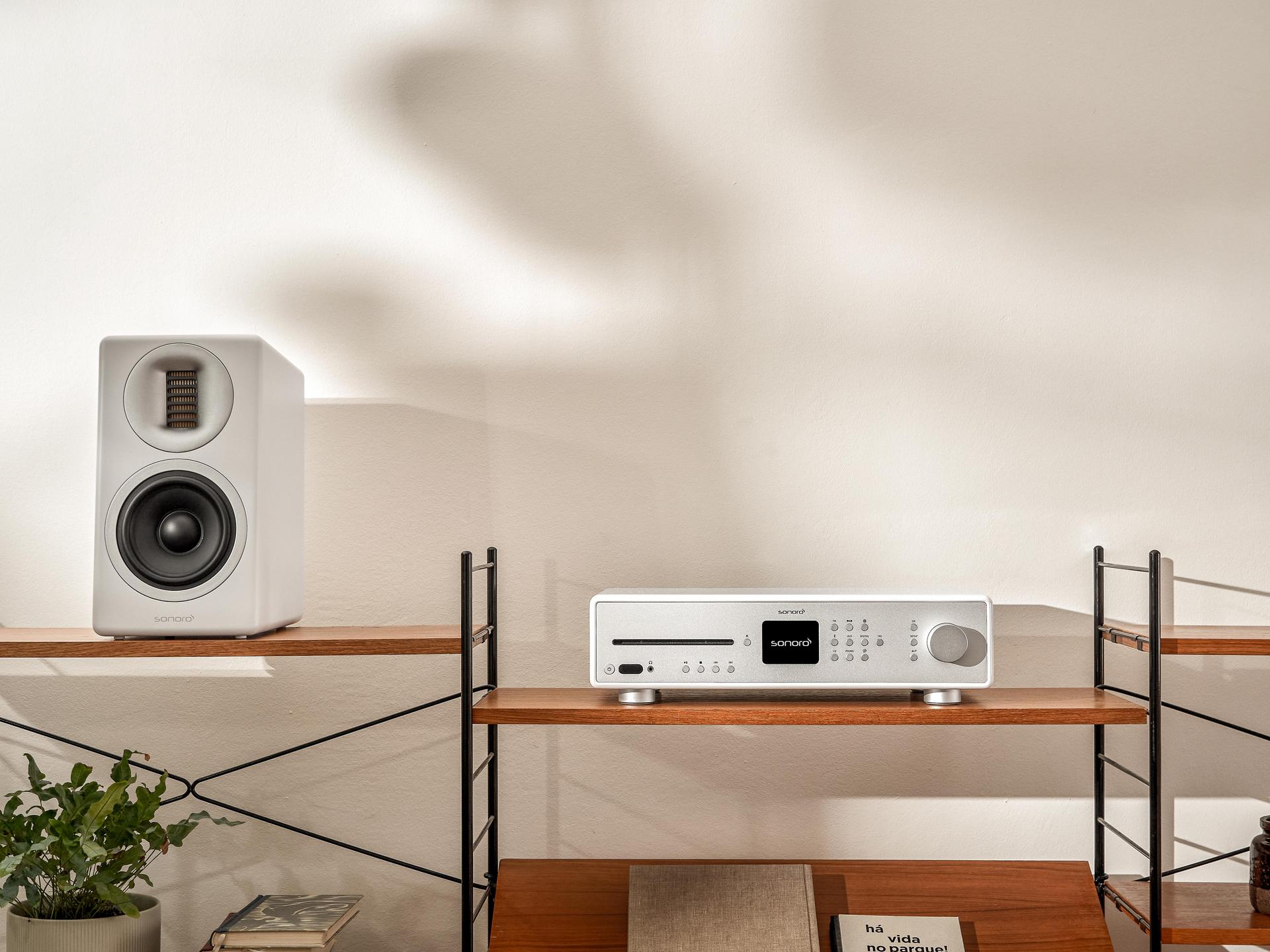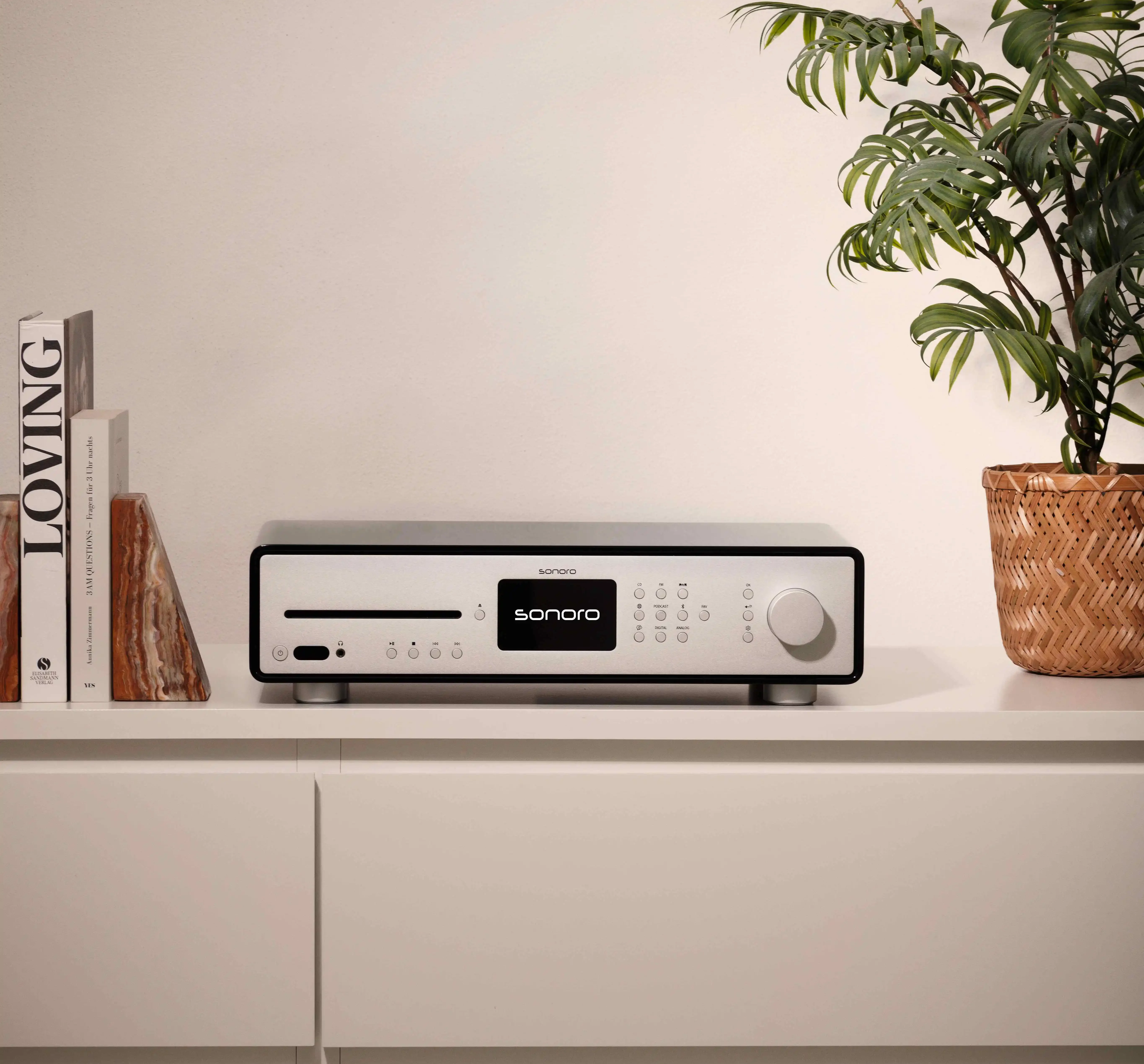Receiver vs. amplifier - The right choice for your audio system
The world of audio playback can sometimes be confusing. For example, the difference between a receiver and an amplifier often raises questions. Both components are important elements of music reproduction, but differ in their functions and areas of application. Find out which solution is right for you in this article.
What is an amplifier?
An amplifier concentrates on a core task that is already in the name: the amplification of audio signals. A distinction is made between different types: a preamplifier prepares the signal and controls the volume, the power amplifier then provides the necessary power for the speakers. An integrated amplifier, on the other hand, combines both types in one device.
By concentrating on pure audio amplification, high-quality components and optimized circuits can be used, resulting in clearer and more precise music reproduction from the amplifier.

What is a receiver?
In a way, the receiver is the Swiss army knife of audio components. It combines several functions in one device: in addition to pure amplification, it offers an integrated tuner for radio, various streaming options and often also an extensive selection of connection options such as HDMI, Bluetooth and WiFi. This makes them ideal All-in-One for a wide range of entertainment requirements.
An AV receiver, short for audio/video receiver, also offers additional functions: As a true all-rounder, it processes surround sound for complex home cinema setups and simultaneously takes care of video signal processing for TVs and projectors.
What is the difference between a receiver and an amplifier?
The fundamental difference between an AV receiver and a stereo amplifier lies in their orientation: while an AV receiver is specially designed for home cinema systems and can process several channels (5.1, 7.1 or more), a stereo amplifier concentrates on pure two-channel playback. AV receivers also offer video switching, surround sound decoders and various HDMI connections. Stereo amplifiers, on the other hand, often score with better sound quality for music playback, as they concentrate on the essential audio components.

Conclusion
The decision between receiver and amplifier ultimately depends on your individual requirements:
If you mainly want to listen to music and attach great importance to sound quality, a high-quality stereo amplifier is the best choice.
For users who are looking for a flexible complete solution that covers both music and home theater, a modern receiver offers clear advantages. The combination of versatile connection options, integrated streaming functions and convenient operation makes it the ideal control center for contemporary entertainment systems.
The good news is that thanks to modern technology, you don't have to compromise on either option. Both current amplifiers and receivers offer excellent sound quality with a high level of functionality. The most important thing is that you are clear about your personal priorities before you buy and choose the system that best suits your listening habits and budget.
If you are looking for a versatile hi-fi receiver, the sonoro MAESTRO is an excellent choice. Thanks to its high-quality Class-D Hypex amplifier and versatile connection options, it is a versatile sound wonder that can be calibrated to the individual conditions in the room using the room correction app. The elegant design with hand-sanded wooden housing and full metal front makes it a visual highlight.
The sonoro MAESTRO Quantum goes one better as a modern Hi-Res Audio Internet receiver: With 2x 180 watts of power (4 Ω), ESS Technology SABRE DAC and extended connectivity through features such as Roon Ready, AirPlay and Google Cast, it offers a comprehensive equipment package. The DIRAC Live room correction and the integration options in Smart Home systems make it a versatile highlight, while the iconic design with handcrafted wooden housing and floating aluminum front convinces with a high-quality look.

